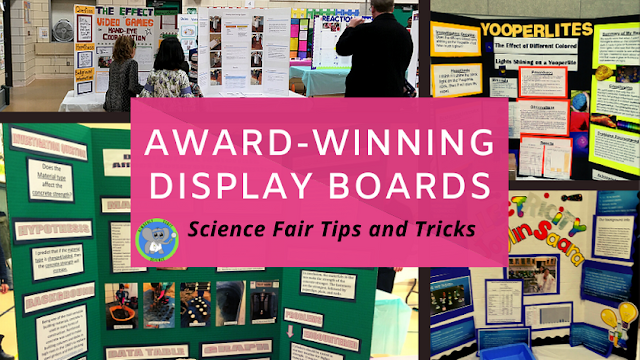Forces And Motion - Push And Pull Activities For Big Discoveries
How do objects move, change direction, or even stop? Students naturally experience forces from a young age. A push can send a toy car zooming across a floor. A parent pushes you hard on a swing, and you soar higher into the air. How you kick a soccer ball changes its direction, sending it to the goal. Students have a natural curiosity for forces and motion activities. Teachers can tap into this excitement by providing hands-on experiences that use simple supplies and are easy to set up.
The amount of experiments and explorations you can conduct is endless. Below is a list of activities that will help make this concept relatable to students and are designed to spark excitement and understanding.
1. Explore with Toy cars.
Start by having the younger students push them on a flat surface. How fast can they make them go? How can they make them travel further? Can they make them change direction? Expand to non-contact forces by using ramps to introduce gravity. Does the height of the ramp affect how far a car travels? In the older grade levels introduce the concept of friction by covering the ramps with different surfaces. How is the speed affected by smooth and rough surfaces? We like to add sandpaper to our ramps.
2. Explore Pulling
Pulling is a force, just like a push. The only difference is that a pull moves the object towards you, and a push moves the object away from you. You can play a simple game of tug-of-war to help students understand how strength can change or stop the motion. Bring a wagon into school and let the kids pull each other. Is it harder with 2 kids in the wagon? Attach a rope to weights and pull objects up a ramp. What happens when I add more weight? A trip to the playground slide can create lots of fun. Tie a rope to objects and pull them up the slide. The great thing about these activities is using supplies you already have. The gym teacher may even have supplies you can borrow.
3. Investigate with The Penny Drop Challenge
This classic experiment allows students to practice with precise pushes by bumping a notecard to get the penny to fall straight into a jar. It creates excitement and curiosity. Students learn that if my push is unbalanced, the trick will not work. For the younger students, have them compare the trick by performing it as a push or a pull. What a wonderful way to work on fine motor skills!
Once students master the basics of this trick, they can plan and conduct their own investigation. Does the strength of my push or pull affect the results? Does the mass of the object affect the object falling into the cup? You will be amazed at what students can create.
This classic experiment is a wonderful way to teach the scientific method. We have a ready-to-go resource for 3 grade levels. Each grade level expands on the concept to meet NGSS standards. It is a wonderful balance between education and excitement. Students will feel like magicians as they expand their knowledge of forces and motion.

.png)








